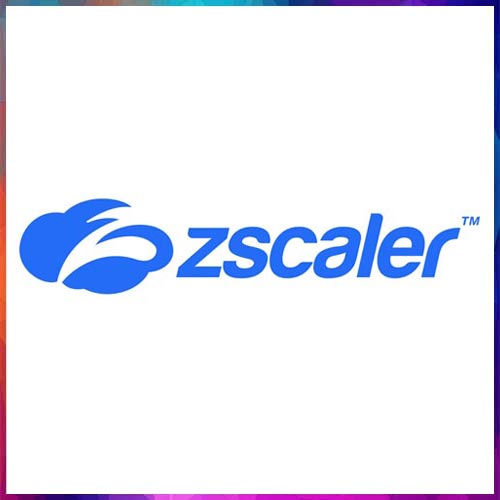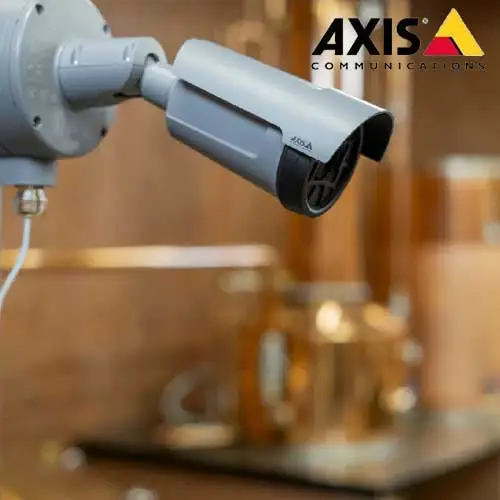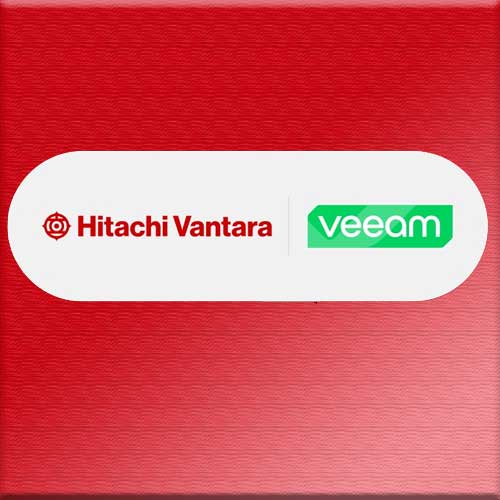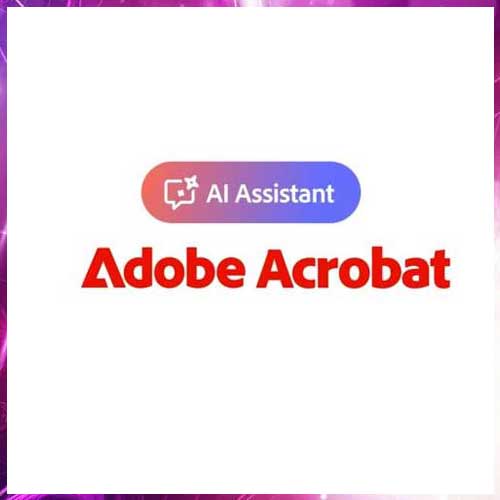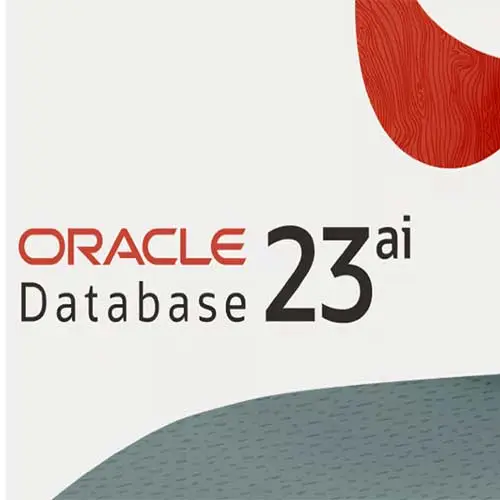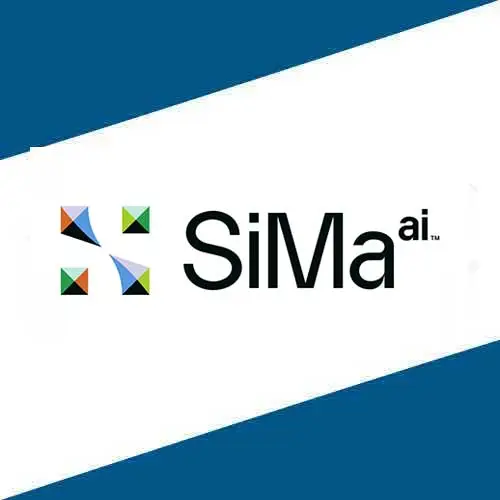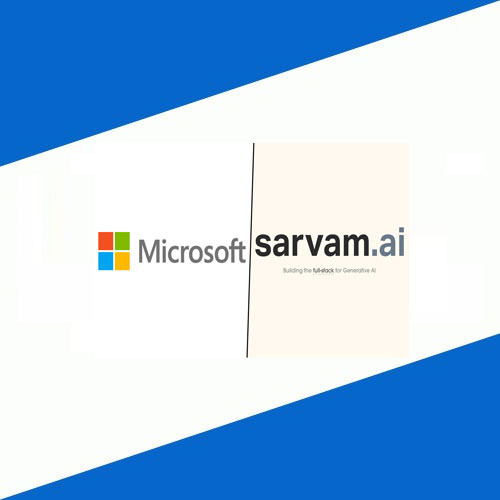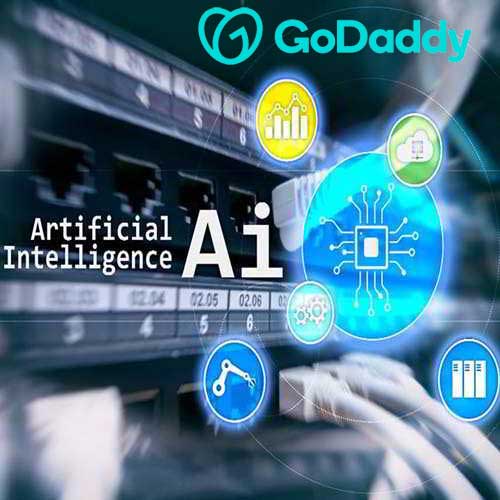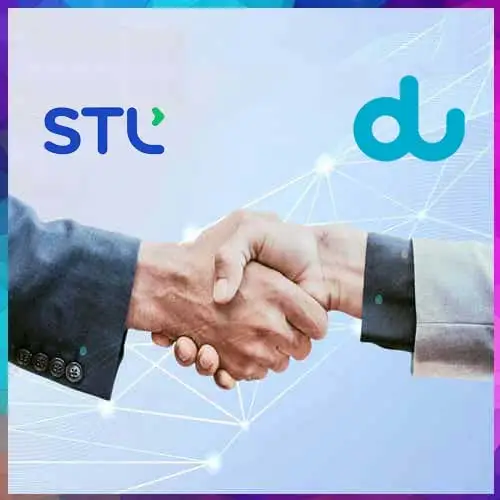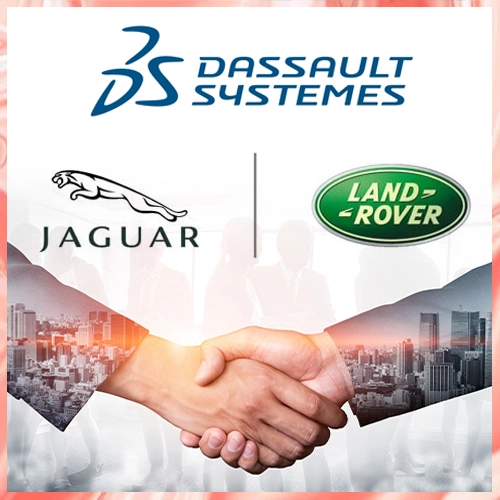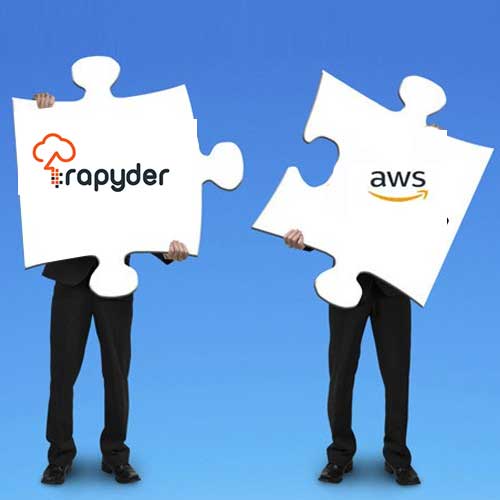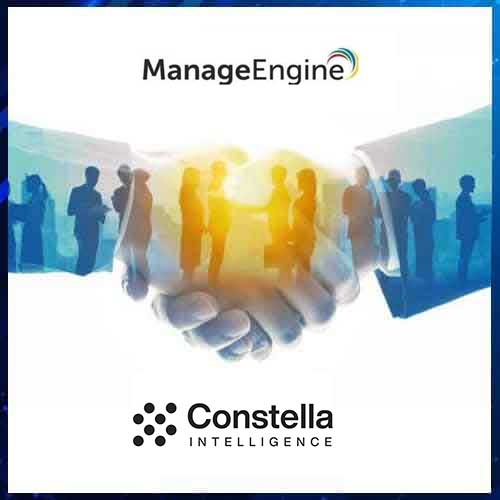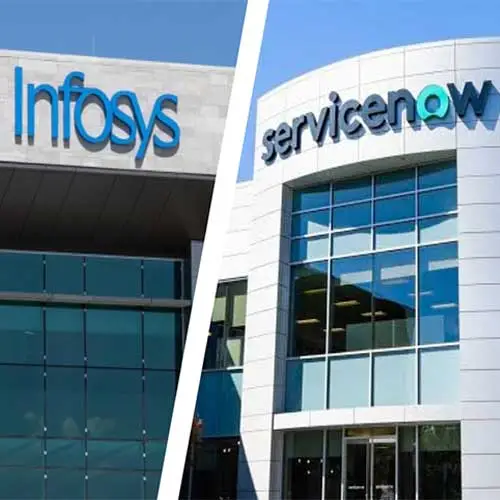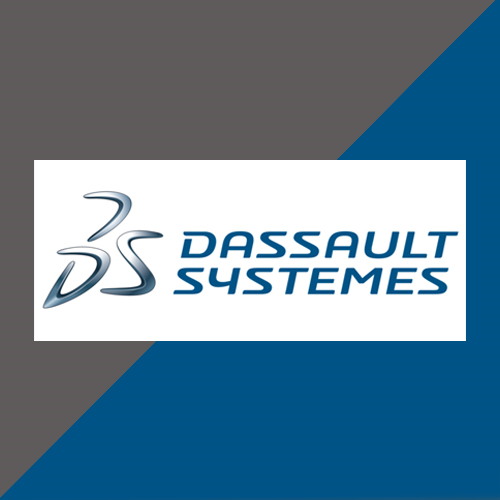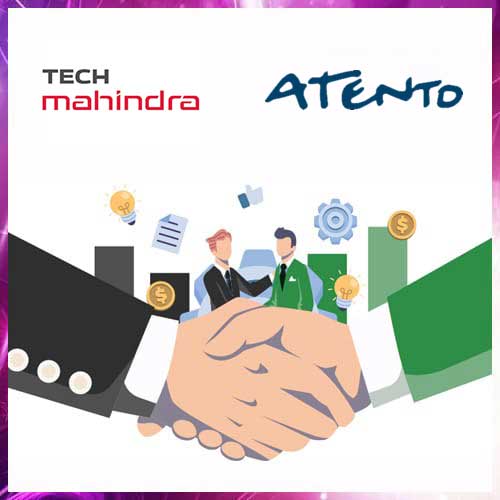Key advantage of HCI based on Microsoft platform is the modular scale of flexibility

A 24-year service provider, Acuutech is specialized in delivering turnkey and advanced solutions built on Microsoft technology. The company provides advanced solutions to its customers so that they can focus on businesses. It builds services – on-premise, hybrid and cloud. In a chat with VARINDIA, Philip Moss, Group Chief Product Officer, Acuutech, and Bhavesh Mehta, Group CTO, Acuutech, discuss about their latest product Acuutech Mesh, hyperconverged platform, enterprises adopting HCI, market size, etc
Acuutech Mesh
The service provider, Acuutech has come out with a new hyperconverged infrastructure (HCI) solution which is based on Microsoft platform. It addresses on-premise, hybrid and public cloud interface.
“We have basically developed an HCI solution based on Microsoft platform that is quite well rounded. It addresses on-premise, hybrid and public cloud interface all in a single frame of glass, and the product is called Accutech Mesh,” says Bhavesh Mehta, Group CTO, Acuutech.
 Further explaining about the product, Philip Moss, Group Chief Product Officer, Acuutech, highlights, “We have various solutions built on Microsoft technology. Our prime solution is built on Microsoft latest generation hyperconverged platform on server 2019 which uses storage space direct with software-defined networking to deliver turnkey, integrates the appliances that scale from small SMEs to large enterprises. These solutions increase scale and performance unparallel to the industry, and the price point is significantly low.”
Further explaining about the product, Philip Moss, Group Chief Product Officer, Acuutech, highlights, “We have various solutions built on Microsoft technology. Our prime solution is built on Microsoft latest generation hyperconverged platform on server 2019 which uses storage space direct with software-defined networking to deliver turnkey, integrates the appliances that scale from small SMEs to large enterprises. These solutions increase scale and performance unparallel to the industry, and the price point is significantly low.”
Hyperconverged platform
Unlike traditional market which includes storage, networking and compute, hyperconverged combines hardware, storage, networking and virtualization into a single platform, and to manage these it also has software. The most important aspect is it reduces the operating cost.
“The traditional market is driven by three-tier architecture – storage, networking and compute. Using hyperconverged allows to reduce operating cost, combining physical hardware, storage, networking and virtualization into a single platform and using a pair of software to manage, administrate and deliver these capabilities traditionally deliver by hardware appliances,” explains Philip Moss.
Hyperconverged solutions strengthen small and large businesses to take benefit of high availability, for tolerance, failover to the cloud, etc. Also, the key advantage of HCI based on Microsoft platform is flexibility.
“The enterprise market traditionally uses large infrastructure-based solutions, the SME traditionally is served with a combination of small business solutions and systems that did not live up to high availability. Hyperconverged solutions have enabled those small and large businesses to take advantage of high availability, tolerance and the type of distributing data and application delivery traditionally available to large organizations.
All the key advantages of hyperconverged infrastructure, especially the one built on Microsoft platform, is modular scale of flexibility.
One of the powers of hyperconverged is allowing customers to meet their daily needs and then expand as the requirement increased. Also, the advantage of hyperconverged software-defined decouples relationship between the internal platform and the application allowing organizations to work with applications and services independently of their core platform. This drives down cost ad increases flexibility,” explains Philip Moss.
Enterprises adopting hyperconverged
Talking about adoption of HCI among the enterprises, Philip Moss says, “The enterprises are moving towards HCI to drive down cost. They are getting flexibility and reducing capital expenditure associated with traditional platforms. Many organizations are saying that the cost of an entire HCI platform including software is lower than what we are just spending on storage only by solutions, thus resulting in 80% cost reduction compared to traditional IT platforms.”
Market Size
The opportunity for HCI is huge in the global market as the traditional storage, network and compute market and the adjustable market can be easily converted into HCI.
“If you look at the traditional storage, network, compute market, it is $55 billion today and that market can easily convert over to HCI market. Then, if you look at the market of over $100 million in the cloud services and hyper service market, you have $155 billion market which is open to HCI marketplace,” views Philip Moss.
Talking about the Indian market, Bhavesh Mehta says, “We have sized up the market based on various IDC and Gartner report, hyperconverged combined with traditional storage plus cloud is a $200-billion market and that portion for India will be worth $2–3 billion in the next two years.”
Verticals
The HCI solution is not for specific verticals but can be used by every vertical. It is mainly useful for the organizations which deal with a huge amount of data.
“There is no specific focus on verticals, but if I give a quick summary it would be anyone dealing with a large amount of data. It could be people doing large-scale analytics. There is a really good edge computing in IoT play in this which we could address,” explains Bhavesh Mehta.
See What’s Next in Tech With the Fast Forward Newsletter
Tweets From @varindiamag
Nothing to see here - yet
When they Tweet, their Tweets will show up here.





